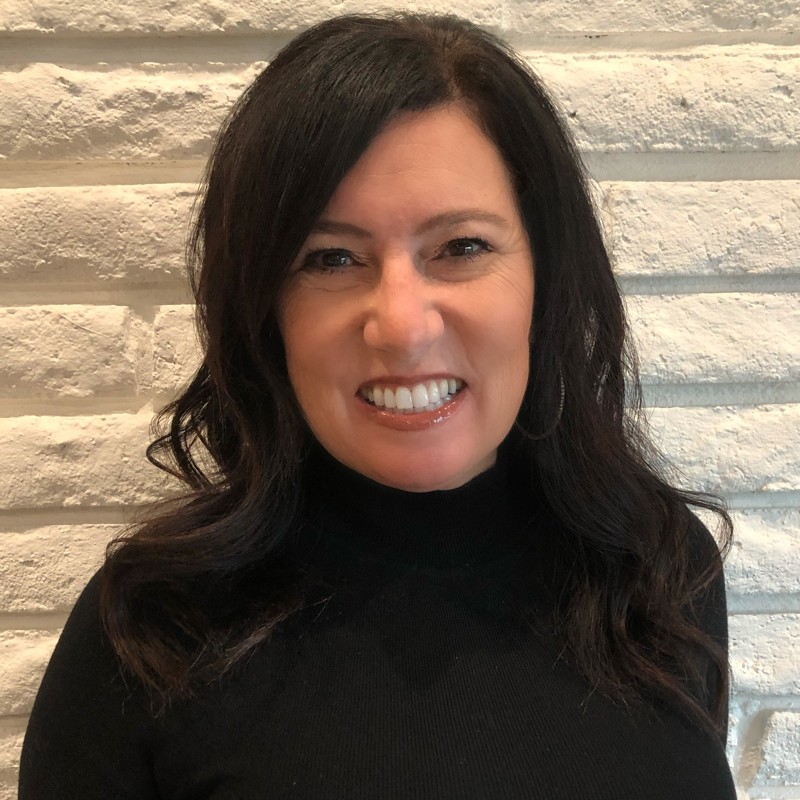In recent years, definitions of employee wellbeing have evolved to recognize the interconnected nature of the many dimensions that fuel health—physical, mental, financial, emotional and more. As that understanding grows, more employers are turned to integrated benefit strategies.
At tech giant Cisco, that transformation has involved a new approach that allows employees to address the multi-faceted health challenges they’re facing—with a seamless experience that relies equally on technology and the human touch, Cisco’s Michelle Teixeira, director, global benefits, People & Communities, shared at Wednesday’s Health & Benefits Leadership Conference.
Launched in January 2022, the company’s Integrated Benefits Experience, rolled out in partnership with Alight, connects employees with trained benefits pros, financial pros and financial advisors, who together help them navigate their respective benefits needs—and work on their behalf to connect them with resources from Cisco’s other benefits partners.

Mark Stelzner, founder and managing principal of IA, who consulted on the project, noted that ease of use was central to the strategy—as, too often, companies make employees jump through too many technology hoops to get connected to the services they need.
“In moments of stress and anxiety or it could be joy too, the notion that people are going to calmly and directly go to the [benefits provider] website, click on a hamburger menu, navigate to a submenu, navigate to another submenu, read four paragraphs and then enjoy linking to 47 different providers is just a false premise,” Stelzner says.
How the Integrated Benefits Experience works
Providing employees quick and direct access to professionals was paramount, Teixeira agrees.
In the new model, benefits representatives focus on enrollment, life events and transactions while a team of benefits professionals—which was built out to 10—provides navigation and advocacy support. On the financial side, Alight’s financial pros manage employees’ financial wellbeing issues while financial advisors are available to help employees delve deeper into financial strategizing.
The services are available through multi-channel delivery. Employees can connect through their mobile devices, book in-person or virtual consultations, or start with a virtual assistant, for instance.
“That integrated delivery is the secret sauce,” Teixeira says.

And timeliness is key: Benefits pros, for instance, will research resources for the individual’s particular case and respond within one day. Importantly, Teixeira says, communications are hyper-personalized—with professionals sharing the data they’re able to with other professionals who may be able to assist. For instance, if an employee receives a cancer diagnosis and first consults a financial pro, that professional can work with the employee on their financial resources and then inform a benefits pro of the situation before passing the employee along to them—so the employee doesn’t have to rehash their circumstances at each turn.
“They’re relying on that pro to know their story,” Teixeira says, noting that aspect of the strategy provides the “human experience” so many employees, particularly during moments of crisis, are craving.
Click here for full coverage from the Health & Benefits Leadership Conference.
Cisco’s approach matches its commitment to advocating for employees
The approach also supports and expands Cisco’s longtime commitment to advocating on behalf of employees.
“The professionals are very skilled in understanding the importance of the integration of other benefits solutions so they’re making sure they’re guiding employees in the right direction,” Teixeira says. For instance, after addressing their immediate benefits needs, a benefits pro may help the employee facing a cancer diagnosis schedule a consult through its Teladoc offering for a second opinion. “They know that service and will work with Teladoc on behalf of the employee. So, it provides a very high-touch, focused experience.”
So far this year, the program has seen 7% utilization, with a target of 24% by the end of 2023. More than half of users engaged with the professionals via the web, with another quarter relying on phone and 18% using email. Importantly, Teixeira says, Cisco is seeing users come back and utilize the service multiple times: 18% have used it more than four times this year. On the financial side, Cisco is seeing utilization more frequently from more tenured employees, particularly around retirement and general planning.
Teixeira says her team is planning a “roadshow” to continue to drive utilization, bringing the benefits professionals directly to the business units and meeting with ERGs as well.
While the human aspect of the delivery is vital to the strategy, it can take a toll on the professionals. And given the ongoing risk for burnout among HR and benefits professionals, that’s an area Teixeira is cognizant of.
“It takes a very special human with empathy and patience” to provide these services, she says, noting therapists and crisis teams are “strong partners” for her team. “It can be emotionally draining and it can take a toll. We have to stay grounded and remember we are people, too. We have to care for ourselves because otherwise, we’re not going to be able to care for others.”
The post How Cisco transformed benefits delivery with a high-touch, high-tech strategy appeared first on HR Executive.